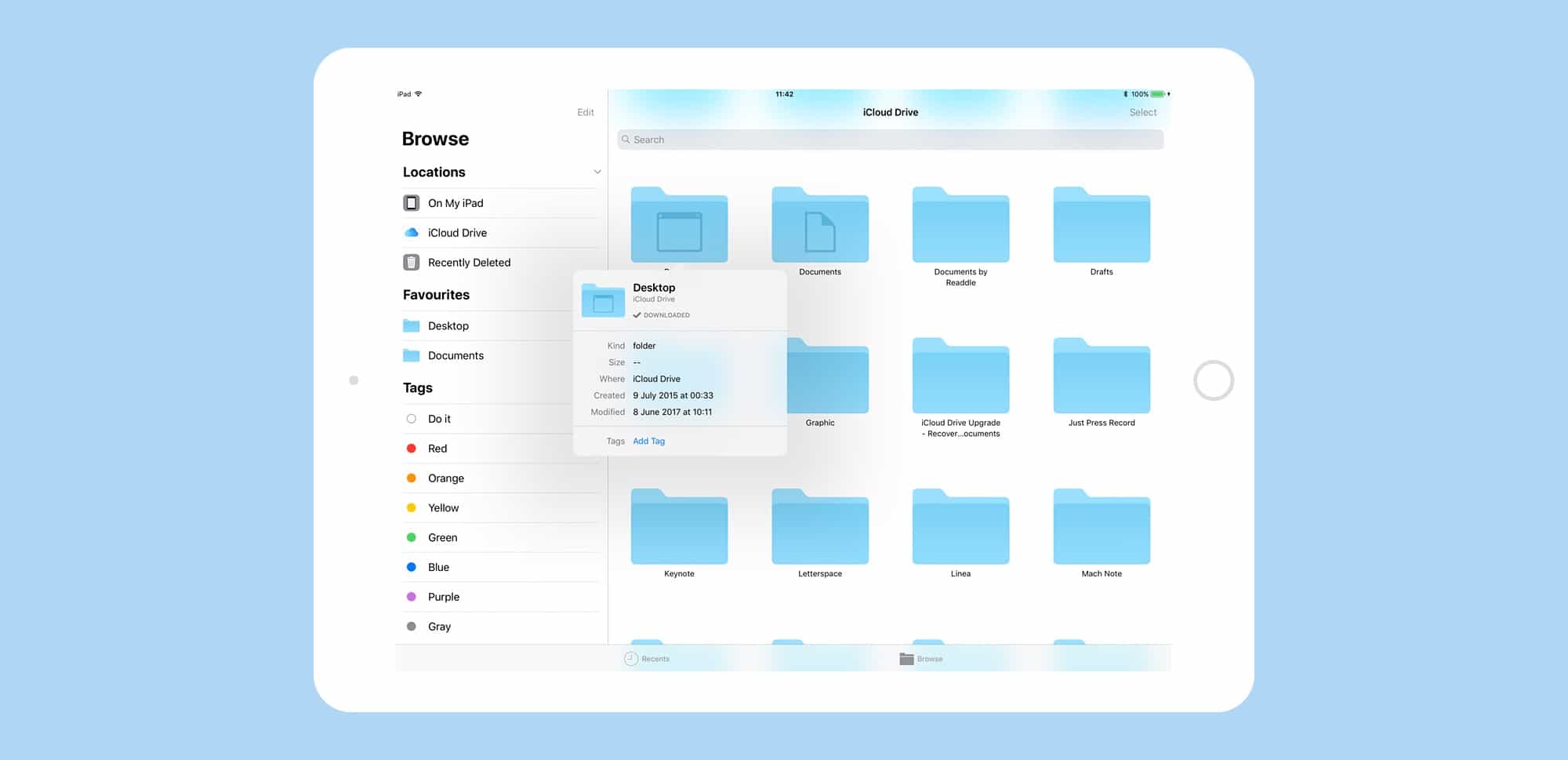- Docs App For Kindle
- Google App Download For Mac
- Google Doc App For Pc
- Download Google Docs App For Mac
- Google Docs App For Macbook
- Docs App For Amazon Fire

With Xcode 11 and later, you can create a Mac version of your iPad app using Mac Catalyst. Configuring your app for Mac can take just a click in a checkbox, although you may need more steps, depending on the features and frameworks that your app uses. For information about designing a Mac version of your iPad app, see Mac Catalyst in the. Many apps on your Mac save your documents automatically (a feature known as Auto Save) while you work.You can save a document at any time. Save a document: In a document, choose File Save, enter a name, choose where to save the document (to see more locations, click the down arrow button ), then click Save. When you save your document, you can add tags to help you find it later.
Pages is a powerful word processor that lets you create stunning documents, and comes included with most Apple devices. And with real-time collaboration, your team can work together from anywhere, whether they’re on Mac, iPad, iPhone, or using a PC.
From the start, Pages places you in the perfect creative environment. It puts all the right tools in all the right places, so it’s easy to choose a look, customize fonts, personalize text styles, and add beautiful graphics. And everyone collaborating on a document has access to the same powerful features.
Start with something beautiful.
Choose from over 70 beautiful Apple‑designed templates, and customize your reports, letters, and other documents any way you like. And, if you’ve ever dreamed of writing a book or fairy tale, it’s easy to create interactive stories right inside Pages.
Make progress you can see.
Track changes, add highlights, and have threaded conversations with your team. Your edits are saved automatically.
Stunning results. Effortlessly.
Liven up your text by filling it with color gradients or images. And, take the entire page to the next level by adding photos, galleries, audio clips, video, math equations, charts, or more than 700 customizable shapes.
What’s new in Pages.
NewTurn handwriting into text. Magically.
With Scribble and Apple Pencil, your handwritten words will automatically be converted to typed text. Take notes, write a book, or annotate a paper fast and easy.
NewWrite reports easier.
With new report templates, there’s no staring at a blank page. Jump start an essay, research paper, or school report by choosing from one of the 3 new templates.
Skim through in style.
Now, on your iPhone and iPad, you can read through your document, zoom in and out, and interact with it — without accidentally changing anything.
Play videos right in your documents.
Play YouTube and Vimeo videos right in Pages, without the need to open a web browser. Simply add a link, and play your web video inside your document or book.
You don’t work in one place on just one device. The same goes for Pages. Work seamlessly across all your Apple devices. The documents you create using a Mac or iPad will look the same on an iPhone or web browser — and vice versa.
You can also work on documents stored on iCloud or Box using a PC.
Work together in the same document, from across town or across the world. You can see your team’s edits as they make them — and they can watch as you make yours, too. Just click the Collaborate button and invite people to join.
Use Apple Pencil on your iPad to sketch, illustrate, and create documents. Draw and fine-tune your idea, then press play to watch each stroke animate onto the page. Plus, with Smart Annotation, your edits stay with the marked-up text, making it easy for you and your team to incorporate changes.
Teaming up with someone who uses Microsoft Word? Pages makes it simple. You can save Pages documents as Word files. Or import and edit Word documents right in Pages.
Numbers
Create great-looking
spreadsheets. Together.
Keynote
Build stunning, memorable
presentations. Easily.
Applies to:Office for Mac

Docs App For Kindle
This article is for IT administrators and discusses frequently asked questions about the availability of Office from the Mac App Store, and the differences between downloading and distributing Office apps directly from Microsoft.
Starting in January 2019, the following Office applications are available for download from the Mac App Store:
- Microsoft Word
- Microsoft Excel
- Microsoft PowerPoint
- Microsoft Outlook
- Microsoft OneNote*
- Microsoft OneDrive*
* These apps were also available from the Mac App Store in previous years.
What version of Office is available from the Mac App Store?
The Office apps available from the Mac App Store provide the very latest production version of Office on the Mac. Word, Excel, PowerPoint, and Outlook require an Office 365 (or Microsoft 365) subscription to activate. OneNote and OneDrive do not require a subscription, but some premium features may require a subscription. All apps are compatible with Office 365 (and Microsoft 365) subscription plans, such as Office 365 E5 or Microsoft 365 Business Premium.
Note
Some Office 365 (and Microsoft 365) subscriptions don't include access to downloadable Office apps. For example, the Office 365 E1 and Microsoft 365 Business Basic plans. For more information, see Office 365 plans.
Can I use apps from the Mac App Store with my Volume License?
Google App Download For Mac
No. Perpetual licenses, such as Office 2019, are not supported with Office apps available from the Mac App Store. The Volume License (VL) Serializer is not compatible with these apps. Attempts to use a perpetual license with Mac App Store apps will cause the apps to enter reduced functionality mode.
How do I deploy Office apps from the Mac App Store to computers in my organization?
You need an enterprise mobility management (EMM) tool that supports either Apple's Volume Purchase Program (VPP), Apple Business Manager, or Apple School Manager. For example, Jamf Pro is compatible with these programs and can be used to deploy Office apps. Office supports managed distribution, which allows your Mobile Device Management (MDM) server to install Office even when the user does not have an Apple ID. Office apps cannot be distributed through redeemable codes.
While a consumer may acquire Office through the Mac App Store as a bundle with a single-click download, IT admins will need to deploy the individual apps.
When deployed through the Mac App Store, does Office behave differently, or provide less functionality?
Word, Excel, PowerPoint, Outlook, and OneNote provide the same end-user functionality regardless of how it is deployed. IT admins have traditionally deployed Office from Microsoft's Content Delivery Network (CDN), but now have the option of deploying from the Mac App Store.
The OneDrive app, when acquired from Microsoft's CDN, offers IT admins more deployment flexibility such as pre-enabling icon overlays and system access. When acquired from the Mac App Store, users will see additional prompts to enable this functionality.
Google Doc App For Pc
The Office builds available from the Mac App Store are production builds and are usually updated on a monthly basis. The Office Insider program is not supported through the Mac App Store. If you wish to use the Insider Slow or Fast channels, you should continue to install Office apps from the Microsoft CDN.
Microsoft Teams and Skype for Business are not available through the Mac App Store and must be deployed from the Microsoft CDN.
How do Office updates occur?
When Office apps are deployed through the Mac App Store, it is the sole responsibility of the App Store to keep those apps up to date. Conversely, apps deployed from Microsoft's CDN are updated through the Microsoft AutoUpdate (MAU) tool. Content caching services in macOS can be used (and is highly recommended) to optimize both the installation and update process of Office apps acquired through the Mac App Store.
The download size of monthly update packages is the same, regardless of whether the CDN or Mac App Store is used for deployment.
Can I convert an existing CDN-based Office installation to Mac App Store?
If a user launches the App Store app on their Mac, they may see that Office apps are available for download even though Office is already installed from Microsoft's CDN. Depending upon the currently installed Office build, and the build available in the Mac App Store, the existing app may or may not get overwritten. For example, if the build of Office currently installed is newer than what is available from the Mac App Store (such as an Insider build), it will not be overwritten if the user chooses to download the Mac App Store build.
Download Google Docs App For Mac
There is no automated process for performing a CDN to Mac App Store conversion. Depending on your EMM's capabilities, you may be able to orchestrate the process through a script. The high-level steps for each Mac are as follows:
- Close all Office apps
- Remove the Office apps from the /Applications folder
- Remove the Office entries from the keychain
- Remove the Office package registrations (
pkgutil --forget) - Trigger the MDM server to install the Office apps (such as
jamf recon)
While CDN-based installations of Office can utilize the bandwidth-optimized suite installer, which is approximately 1.8 GB in size, the total size of the same apps when deployed through the Mac App Store is approximately 4 GB.
How can I tell if an Office app was downloaded from the Mac App Store?
- Open Finder, and navigate to the Applications folder
- Locate the Office app (such as Microsoft Outlook.app), control-click, and choose Show Package Contents
- Navigate into the Contents folder
- If a folder named
_MASReceiptis present, the app was downloaded from the Mac App Store
How do I manage Office policies and preferences with apps downloaded from the Mac App Store?
Word, Excel, PowerPoint, Outlook, and OneNote offer the same policies and preferences as their CDN-based counterparts. IT admins do not need to alter existing Configuration Profiles as the bundle ID for each app is unchanged.
Note
Google Docs App For Macbook
OneNote does use a different bundle ID, and different management controls are available depending on how you obtain the app. For more information, see Deploy and configure the new OneDrive sync client for Mac.
Docs App For Amazon Fire
It is highly recommended that IT admins set the OfficeAutoSignIn value to TRUE in the com.microsoft.office preferences domain. For new installations from the Mac App Store, this preference will bypass the first run dialogs that ask users if they wish to purchase a new Office 365 (or Microsoft 365) subscription. This will mitigate calls to the help desk in commercial environments as users can only activate an existing subscription.




